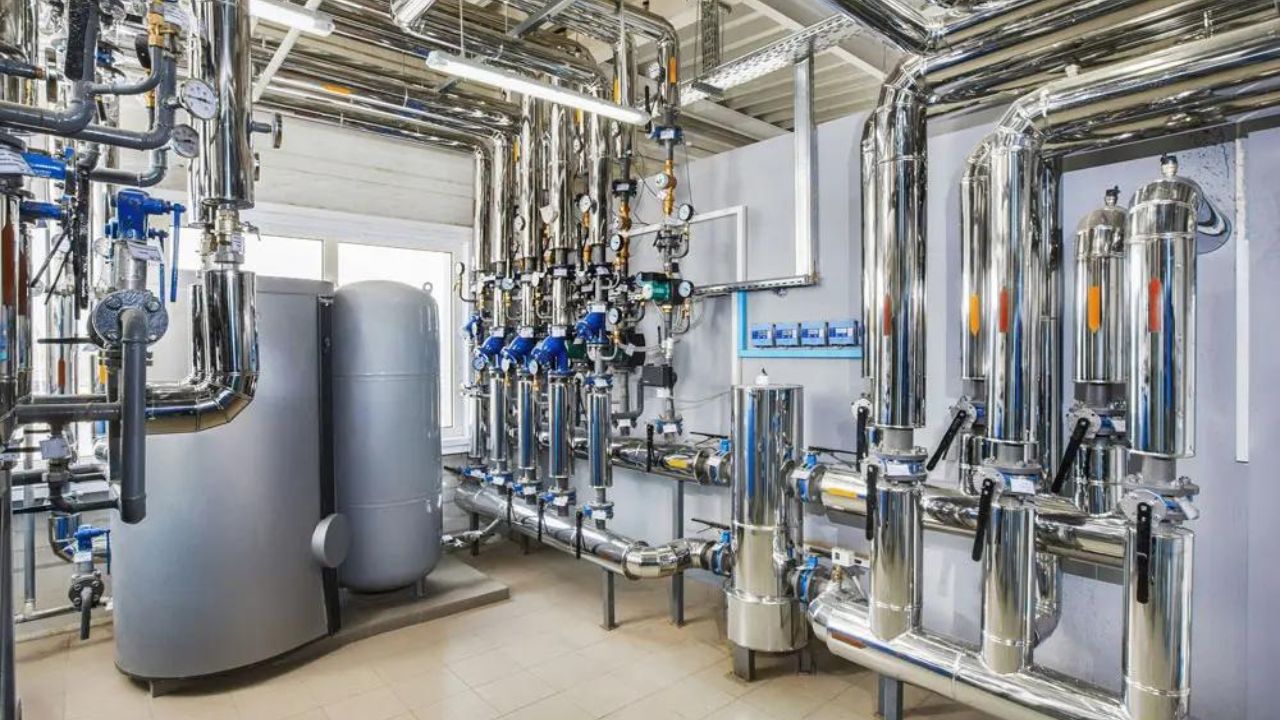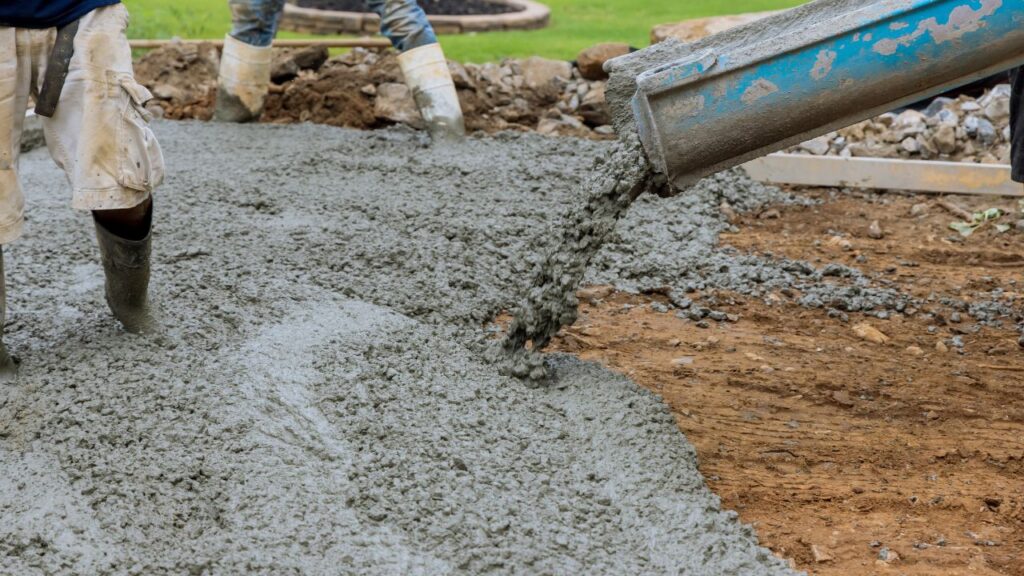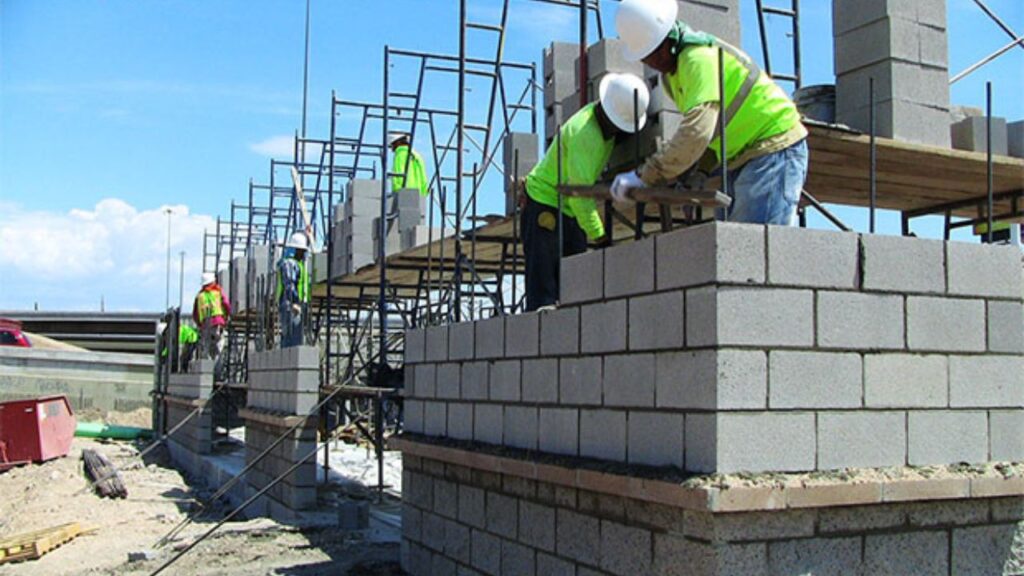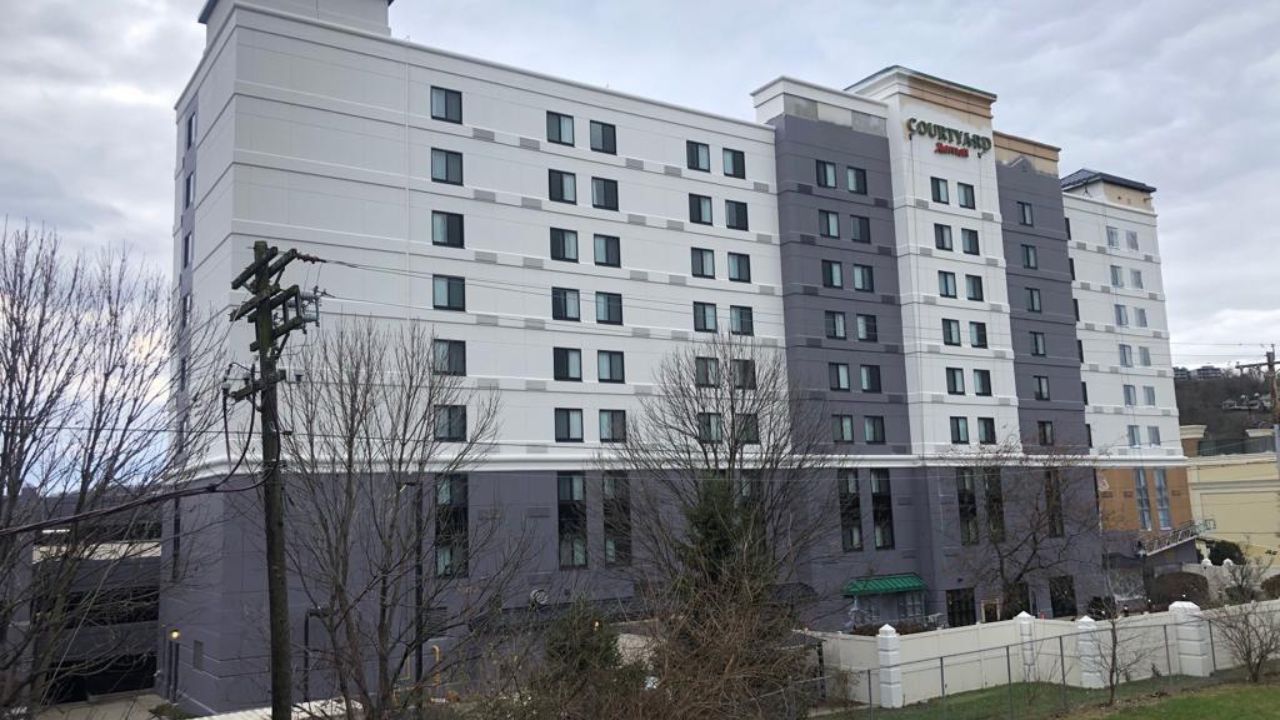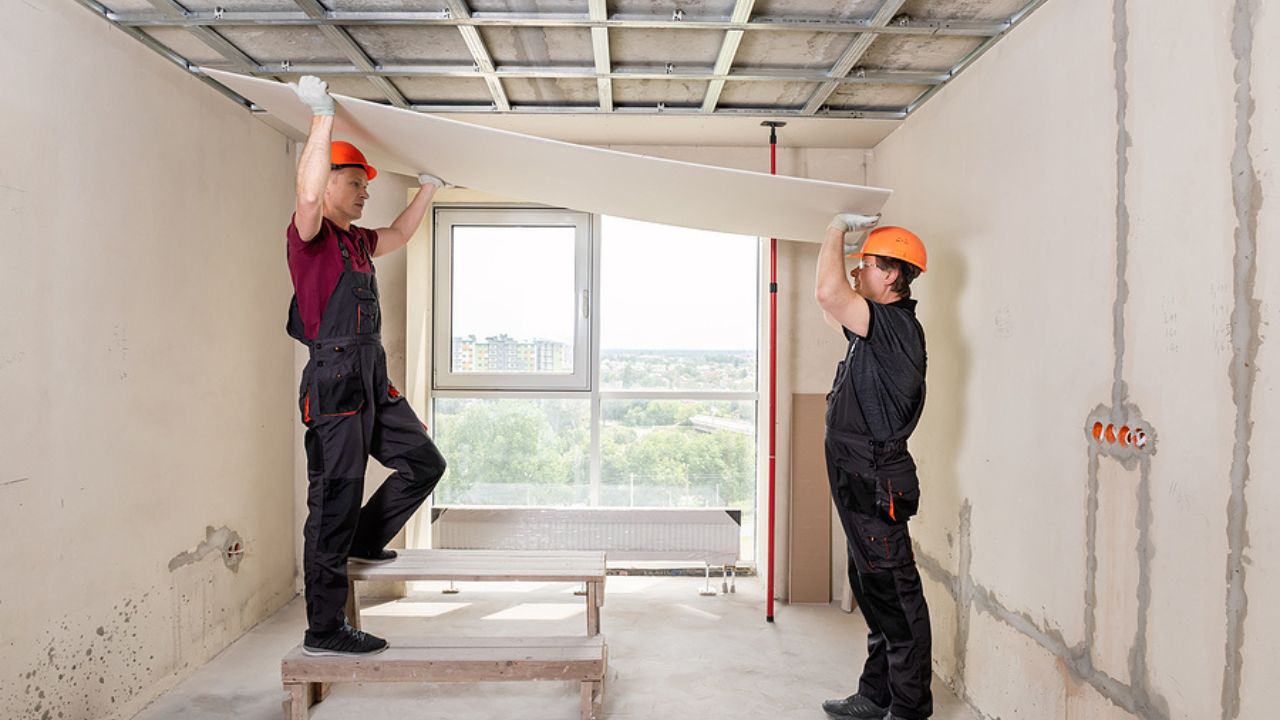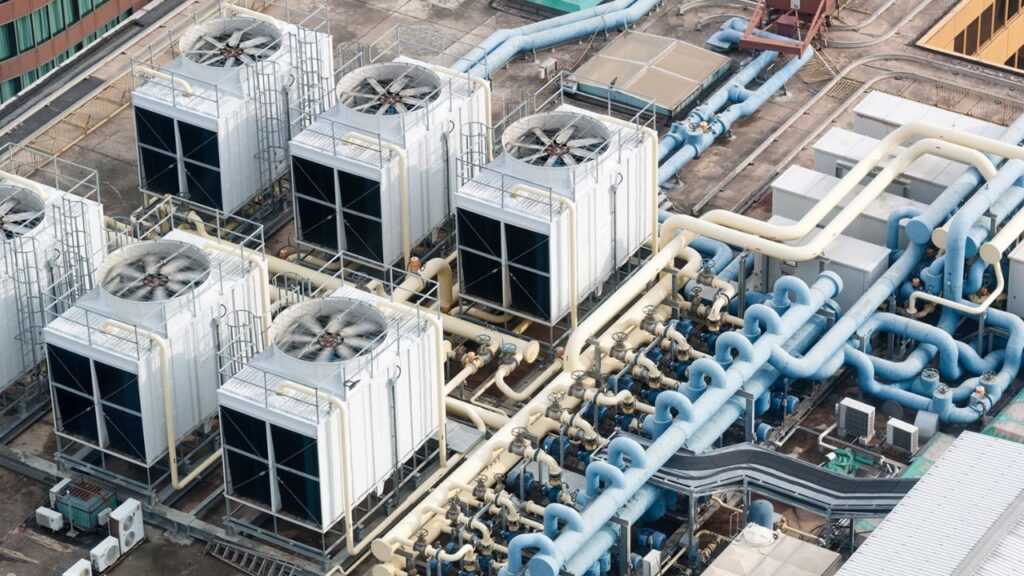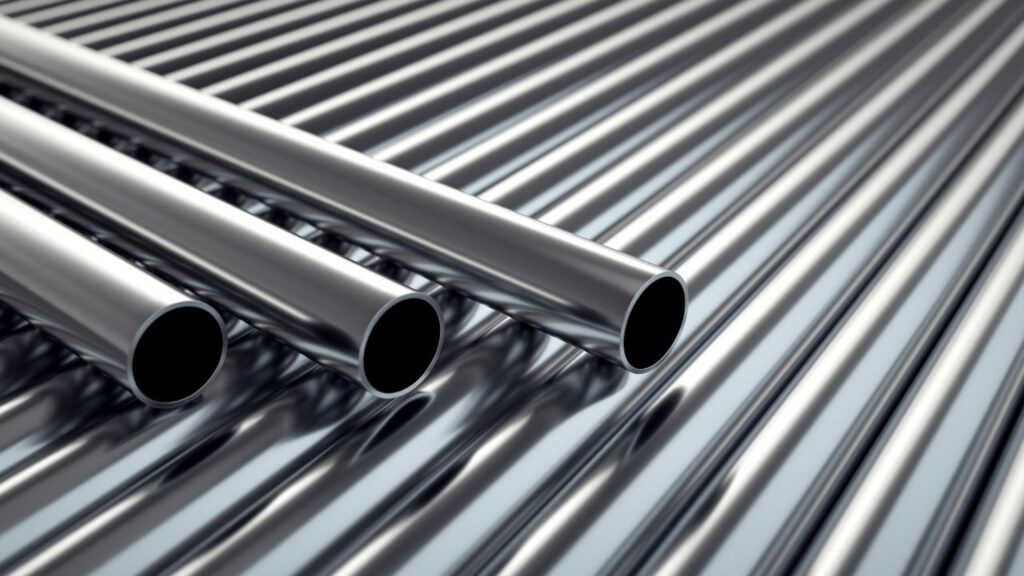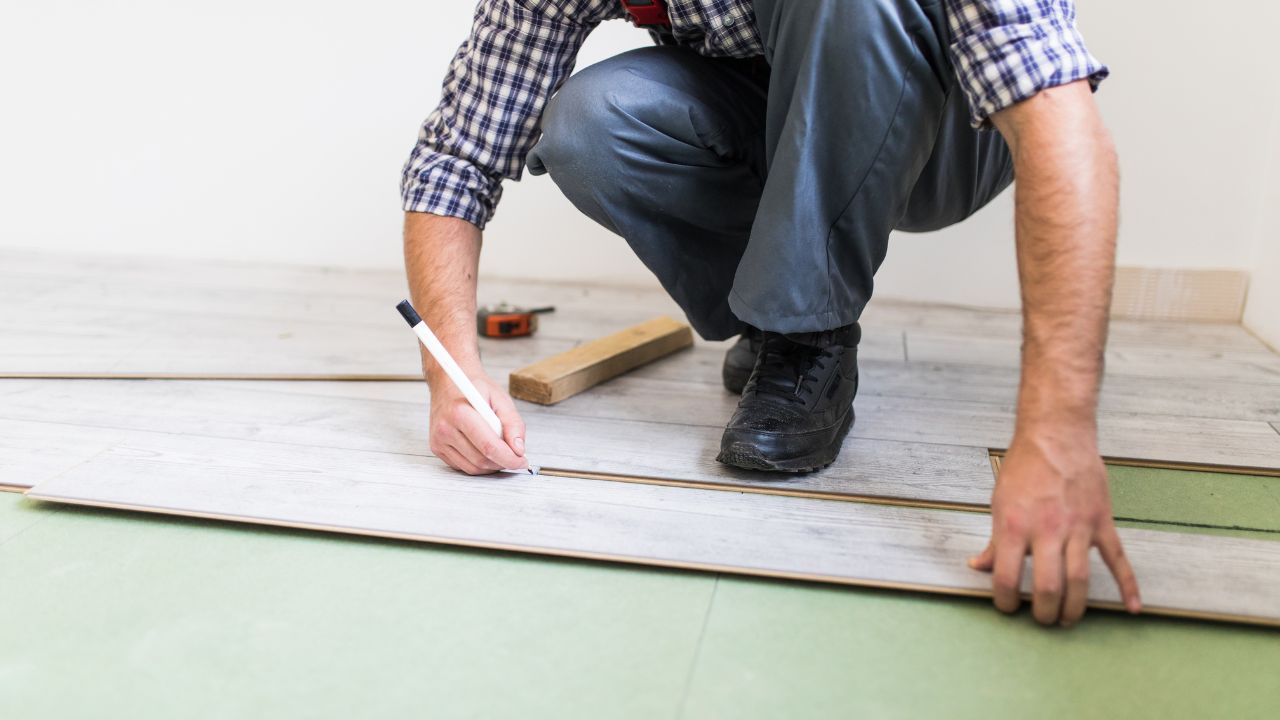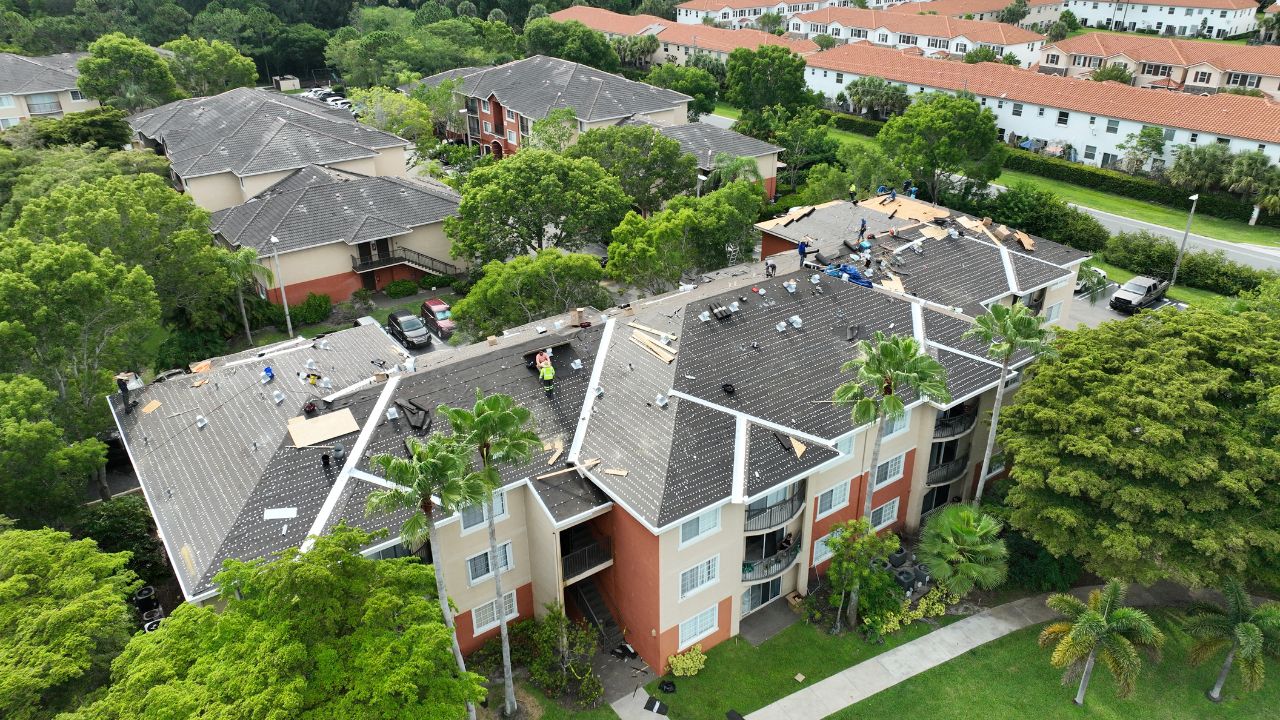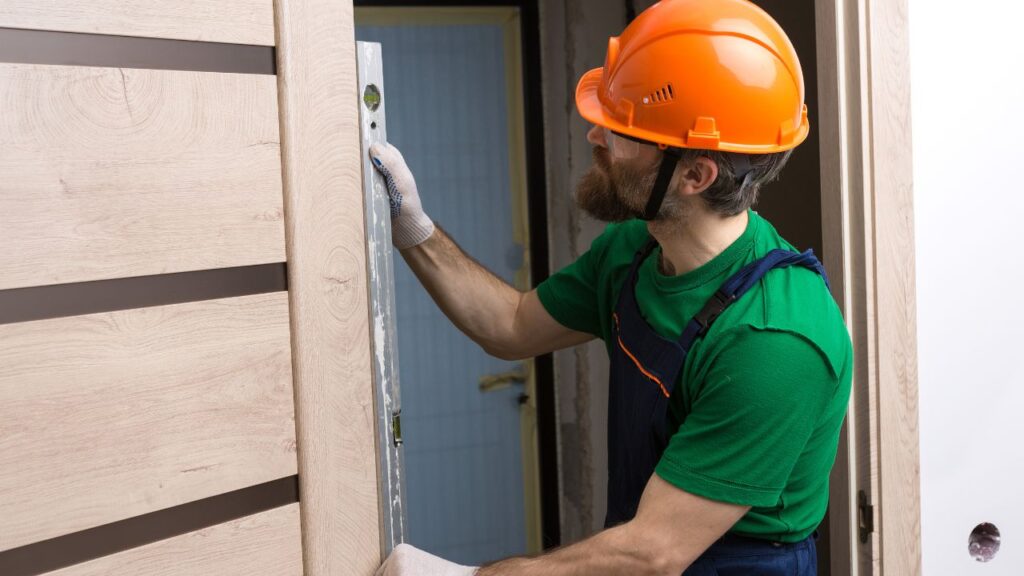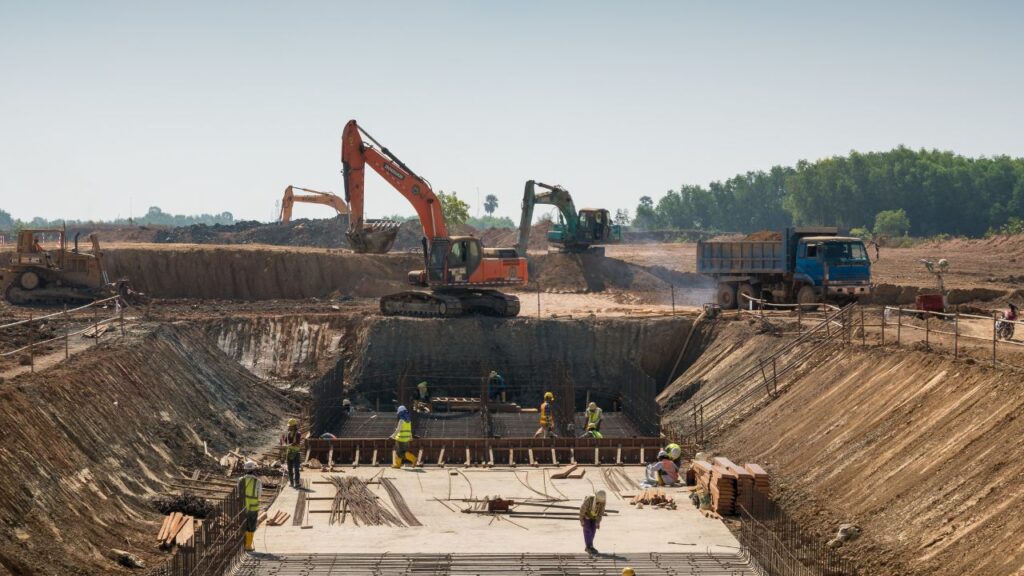Natural stone siding is one of the most durable and visually stunning options for cladding residential and commercial buildings. Its natural textures, variety of color options, and longevity make it a favored choice among homeowners looking to add a touch of elegance and permanence to their property. This type of siding can withstand the test of time, even under Florida’s hot and humid climate. However, it’s essential to understand the various cost factors before opting for natural stone siding.
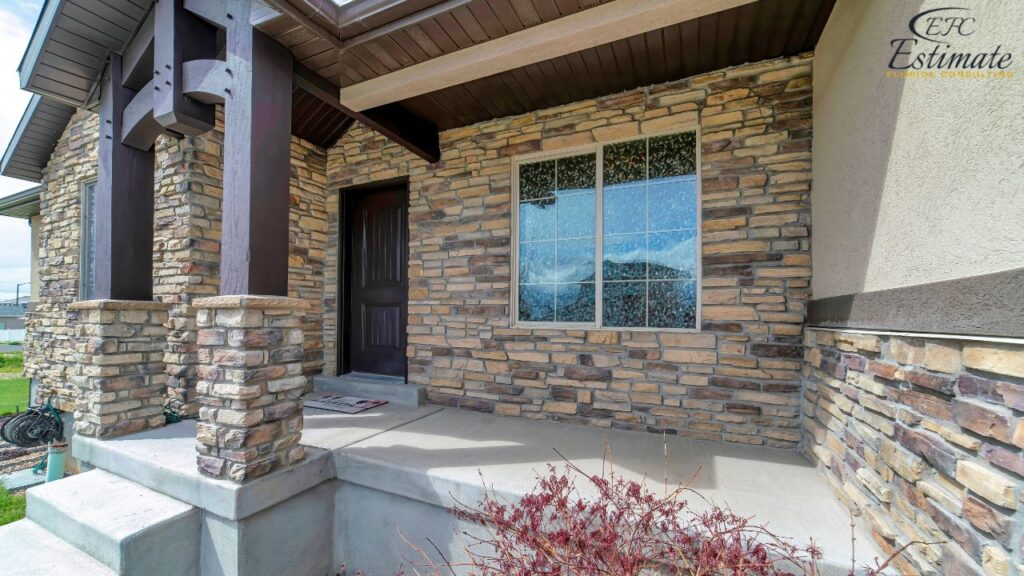
Natural Stone Siding Cost Per Square Foot
On average, the cost of natural stone siding ranges from $15 to $30 per square foot, depending on the type of stone, quality, and installation method.
Stone Type | Average Cost per Sq. Ft. |
Granite | $25 – $35 |
Limestone | $20 – $30 |
Slate | $25 – $40 |
Sandstone | $18 – $28 |
Fieldstone | $15 – $25 |
Cost of Natural Stone Siding by Type
The type of stone chosen significantly impacts the cost. Here is a breakdown of the estimated costs for each type of stone siding:
- Granite: $25 – $35 per sq. ft.
- Limestone: $20 – $30 per sq. ft.
- Slate: $25 – $40 per sq. ft.
- Sandstone: $18 – $28 per sq. ft.
- Fieldstone: $15 – $25 per sq. ft.
Natural Stone Siding Cost by Home Size
The overall cost of natural stone siding depends on the size of the home and the surface area that needs covering. Below are estimated costs based on different home sizes:
Home Size (sq. ft.) | Estimated Siding Cost Range |
1,500 sq. ft. | $75,000 – $195,000 |
2,000 sq. ft. | $100,000 – $260,000 |
2,500 sq. ft. | $125,000 – $325,000 |
3,000 sq. ft. | $150,000 – $390,000 |
Average Cost of Natural Stone Siding Installation by Square Foot
The average cost to install natural stone siding typically ranges between $35 and $80 per square foot when considering materials, labor, and preparation.
Siding Type | Material Cost per Sq. Ft. | Installation Cost per Sq. Ft. | Total Cost per Sq. Ft. |
Granite | $25 – $50 | $15 – $30 | $40 – $80 |
Limestone | $20 – $45 | $15 – $30 | $35 – $75 |
Slate | $30 – $55 | $15 – $30 | $45 – $85 |
Sandstone | $20 – $45 | $15 – $30 | $35 – $75 |
Fieldstone | $25 – $50 | $15 – $30 | $40 – $80 |
Get Acquainted with Estimation
HOW TO REDUCE CONSTRUCTION COST - 15 TIPS
10 tips to reduce the cost of construction
Cost Breakdown of Natural Stone Siding Installation
Material Costs
Material costs for natural stone siding vary based on the type of stone selected, as each offers unique characteristics in terms of durability, appearance, and price. Granite and marble are among the more expensive options due to their durability and elegant look, while limestone and sandstone offer more budget-friendly alternatives. Material costs generally make up 40% to 60% of the total project cost, with the following average prices per square foot:
- Granite: $40 – $80
- Limestone: $30 – $70
- Slate: $35 – $75
- Marble: $50 – $100
- Sandstone: $30 – $60
Choosing the right stone balances budget considerations with the desired aesthetic and performance, allowing homeowners to select a material that meets both their functional and stylistic needs.
Labor Costs
Labor costs for natural stone siding installation are influenced by factors like project complexity, the skill level of the masons, and regional rates. Skilled masons typically charge between $20 and $50 per square foot, which covers tasks such as cutting, arranging, and securing the stones to achieve a seamless finish.
More intricate installations, such as custom designs or multiple-story applications, require additional labor time and expertise, potentially driving up the labor costs further.
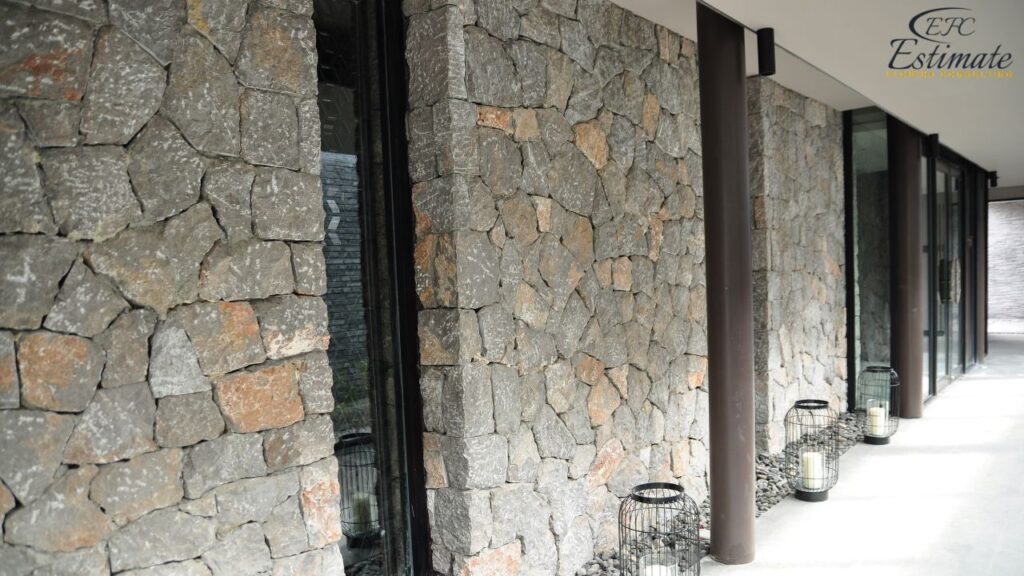
Additional Installation Costs
Beyond materials and labor, several additional costs contribute to the overall expense of natural stone siding installation:
- Mortar and Adhesive: Essential for securely affixing the stone siding, mortar and adhesive costs typically range from $500 to $1,500, depending on the size of the project and type of adhesive used.
- Waterproofing and Sealing: Protecting the stone from moisture and enhancing its durability, waterproofing and sealing costs usually range from $1,000 to $2,000. Regular sealing is recommended for certain stones, particularly in humid or rainy climates, to preserve their appearance and longevity.
- Scaffolding and Equipment Rental: For multi-story homes or areas that are hard to access, scaffolding and other equipment may be necessary, adding between $500 and $2,000 to the project cost. This expense ensures the safety and accessibility needed for a high-quality installation on larger or taller buildings.
Types of Natural Stone Siding
Granite Siding
Granite is one of the most durable natural stones, valued for its strength and elegant appearance. Its resistance to scratches, impacts, and extreme weather makes it an ideal choice for exterior siding. Granite’s polished, sophisticated look adds a refined aesthetic, while its longevity ensures minimal upkeep. This stone’s durability also makes it suitable for high-traffic or exposed areas, making it a practical and long-lasting investment.
Limestone Siding
Limestone is a versatile stone with a soft, earthy color palette, often in shades of beige, gray, and white. It’s relatively easy to cut and shape, allowing for more customization in siding design. However, limestone is porous and may require sealing to prevent moisture absorption, especially in humid climates. Its natural beauty and smooth texture make it a popular choice for a timeless, understated exterior finish.
Slate Siding
Slate offers a distinct, layered look with natural color variations, ranging from gray and black to green and purple. Its high durability and weather resistance make it a suitable option for regions with heavy rainfall or humidity, like Florida. Slate’s unique appearance adds texture and depth to exteriors, providing a visually striking siding option that combines beauty with resilience.
Sandstone Siding
Sandstone provides a warm, inviting aesthetic with colors in earthy tones like tan, brown, and red. Although softer than granite or slate, sandstone’s rustic look is well-suited for both traditional and contemporary homes. However, due to its porous nature, sandstone may require periodic sealing to protect it from moisture. Its natural texture and charm make it a favorite for creating a cozy, organic exterior.
Fieldstone Siding
Fieldstone is an irregularly shaped stone that gives exteriors a rugged, natural appearance. Often used in rustic-style homes and cottages, fieldstone provides a strong visual character and blends well with natural surroundings. Its rough, unpolished look adds a touch of authenticity and charm, making it an excellent choice for homeowners seeking a distinctive, rustic finish that highlights the natural beauty of stone.
Factors Influencing the Cost of Natural Stone Siding
Several factors affect the overall cost of natural stone siding, including:
Win More Projects With Us
Type of Stone
The type of stone chosen for siding plays a major role in determining overall costs. Stones like granite and slate are more expensive due to their durability, density, and unique appearances, while options like limestone and sandstone are generally more affordable. Each stone type also offers distinct aesthetics, so selecting the right one involves balancing both cost and visual preference.
Stone Sourcing
The origin of the stone affects transportation costs. Locally sourced stone is often more budget-friendly, reducing shipping expenses and potential delays. Imported stones, though they may offer unique colors or textures, tend to increase costs due to long-distance transportation and import fees. Choosing locally available stone can also contribute to environmental sustainability by lowering the carbon footprint.
Labor Costs
Labor is a significant factor in natural stone siding installation, as it requires skilled masons to handle heavy materials and execute precise cuts and placements. Complex designs, intricate layouts, or heavier stones increase the need for experienced labor, which raises costs. Simple layouts may reduce labor time and expenses, while custom or detailed patterns often require more intensive workmanship.
Project Complexity
The complexity of the project design and layout influences both labor time and overall costs. Simple, straightforward installations are more economical, while projects with intricate patterns, custom cuts, or unique architectural features add time and complexity, increasing labor costs. Detailed work, such as creating accent walls or custom edges, requires specialized skill and can drive up expenses.
Preparation and Treatment
Certain stones, like limestone and sandstone, are porous and may require sealing to enhance their durability and protect them from moisture and staining. This additional treatment adds to the initial cost but can extend the life of the siding. Periodic sealing may also be necessary for ongoing maintenance, especially in humid or rainy climates, to maintain the stone’s appearance and structural integrity.
Natural Stone vs. Manufactured Stone Siding
When considering stone siding, manufactured stone can be a cost-effective alternative to natural stone. Manufactured stone siding, also known as stone veneer, mimics the look of natural stone at a fraction of the cost, generally ranging from $8 to $15 per square foot.
Type | Cost per Sq. Ft. | Durability | Appearance |
Natural Stone | $15 – $40 | Very High | Authentic |
Manufactured Stone | $8 – $15 | Moderate to High | Slightly Less Authentic |
Installation Cost for Natural Stone Siding
The installation of natural stone siding typically costs between $12 and $20 per square foot, with the final price depending on the type of stone and the complexity of the design. Skilled labor is essential for natural stone siding, as the weight and durability of the stone require precise installation to ensure it’s securely affixed to the building’s exterior. Intricate layouts, heavier stones, or unique patterns can increase labor costs, as they demand more time and expertise. Labor costs can also vary based on the experience of the installers, with highly skilled professionals charging a premium for their expertise in handling complex designs and achieving a high-quality finish.
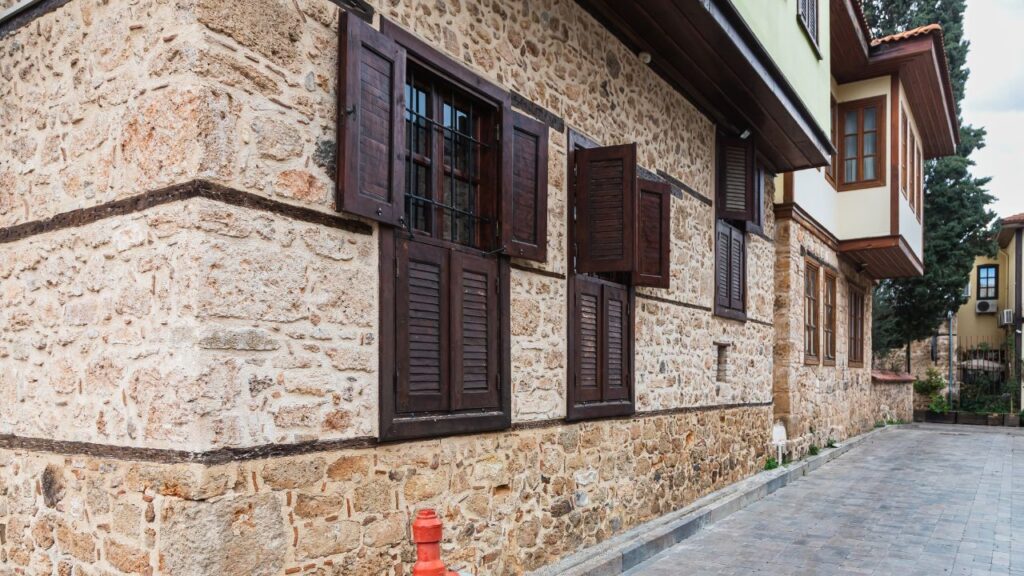
Additional Costs in Natural Stone Siding Installation
Labor Costs
Labor costs are a substantial part of natural stone siding installation, as the work requires skilled masons to properly align, cut, and secure the stones. Experienced masons typically charge between $60 to $100 per hour, with higher rates for complex designs or heavier stones that demand extra time and precision. The quality of installation is critical to the siding’s durability and appearance, making it worth investing in skilled labor.
Material Delivery and Transportation
If the natural stone is sourced from a distant location, transportation costs can significantly add to the overall budget. Delivery fees range from $500 to $1,500, depending on the distance, weight of the stone, and logistical requirements. For large projects, heavy loads, or hard-to-reach sites, transportation costs may be on the higher end, so factoring in these fees early helps avoid surprises.
Surface Preparation
Proper surface preparation is essential to ensure the natural stone adheres securely and performs well over time. This preparation may include cleaning the surface, leveling any uneven areas, or applying a waterproofing layer. Surface preparation typically adds $1 to $3 per square foot to the total cost, and it’s an important step to prevent issues like moisture infiltration or uneven placement.
Sealing and Waterproofing
Certain types of stone, such as limestone and sandstone, are porous and may require sealing to protect them from moisture, which can cause staining or degradation over time. Sealing costs generally range from $1 to $2 per square foot and may need to be reapplied periodically to maintain the stone’s integrity. Regular sealing helps protect the stone and can prolong its lifespan, making it a worthwhile investment for climates with high humidity or frequent rainfall.
Natural Stone Siding Maintenance Costs
While natural stone siding is generally low-maintenance, periodic upkeep is essential to preserve its appearance and longevity. Maintenance typically involves cleaning to remove dirt, mold, and mildew—especially important in Florida’s humid climate—and re-sealing to protect against moisture. Annual maintenance costs are estimated at around $0.50 to $1 per square foot, depending on the stone type and climate conditions. Regular maintenance helps prevent potential issues and keeps the siding looking pristine over time.
Cost-Effective Alternatives to Natural Stone Siding
For homeowners who appreciate the look of stone siding but are working within a budget, manufactured stone veneer and fiber cement siding offer affordable alternatives. Manufactured stone veneer mimics the appearance of natural stone at a fraction of the cost, while also being lighter and easier to install. Fiber cement siding, though not a stone product, provides a textured look similar to stone and costs approximately $5 to $10 per square foot. Both options offer aesthetic appeal and durability, making them practical choices for those seeking a cost-effective exterior finish.
Installation Process for Natural Stone Siding
The installation process for natural stone siding is complex and involves the following steps:
Preparation
The first step in installing natural stone siding is preparing the wall surface. This involves cleaning the surface to remove any dirt, dust, or debris and sometimes leveling or waterproofing the area to ensure a stable base. Proper preparation is essential for creating a strong bond between the wall and the stone, preventing future issues like moisture infiltration or stone shifting.
Application of Mortar
A bonding agent, usually mortar, is applied to the wall surface to help the stone adhere securely. This step requires careful attention to ensure an even application, as the mortar acts as the foundation for setting the stones. The type of mortar used may vary based on the stone type and local climate, as some stones benefit from specialized adhesives to handle environmental conditions.
Setting the Stone
Stones are individually set in place according to the desired pattern or layout. This step is labor-intensive, requiring precision to align each stone correctly and achieve a uniform appearance. Skilled masons carefully adjust each stone to maintain consistent spacing, thickness, and alignment, creating a seamless and polished look that enhances the exterior’s appeal.
Grouting
Once the stones are positioned, gaps between them are filled with grout to provide a finished, cohesive appearance. Grouting not only improves the aesthetics but also adds stability, helping to secure the stones in place. The grout is typically applied with attention to detail, ensuring a clean finish and enhancing the structural integrity of the siding.
Sealing
A final sealant is applied to the stone siding to protect it from moisture, UV rays, and weather-related wear. Sealing is particularly important for porous stones like limestone and sandstone, as it helps prevent staining and prolongs the siding’s durability. This final layer of protection ensures the stone maintains its appearance and withstands environmental elements over time. Regular resealing may be recommended to preserve the stone’s integrity in humid or rainy climates.
Download Template For Door Replacement Project Breakdown
- Materials list updated to the zip code
- Fast delivery
- Data base of general contractors and sub-contractors
- Local estimators
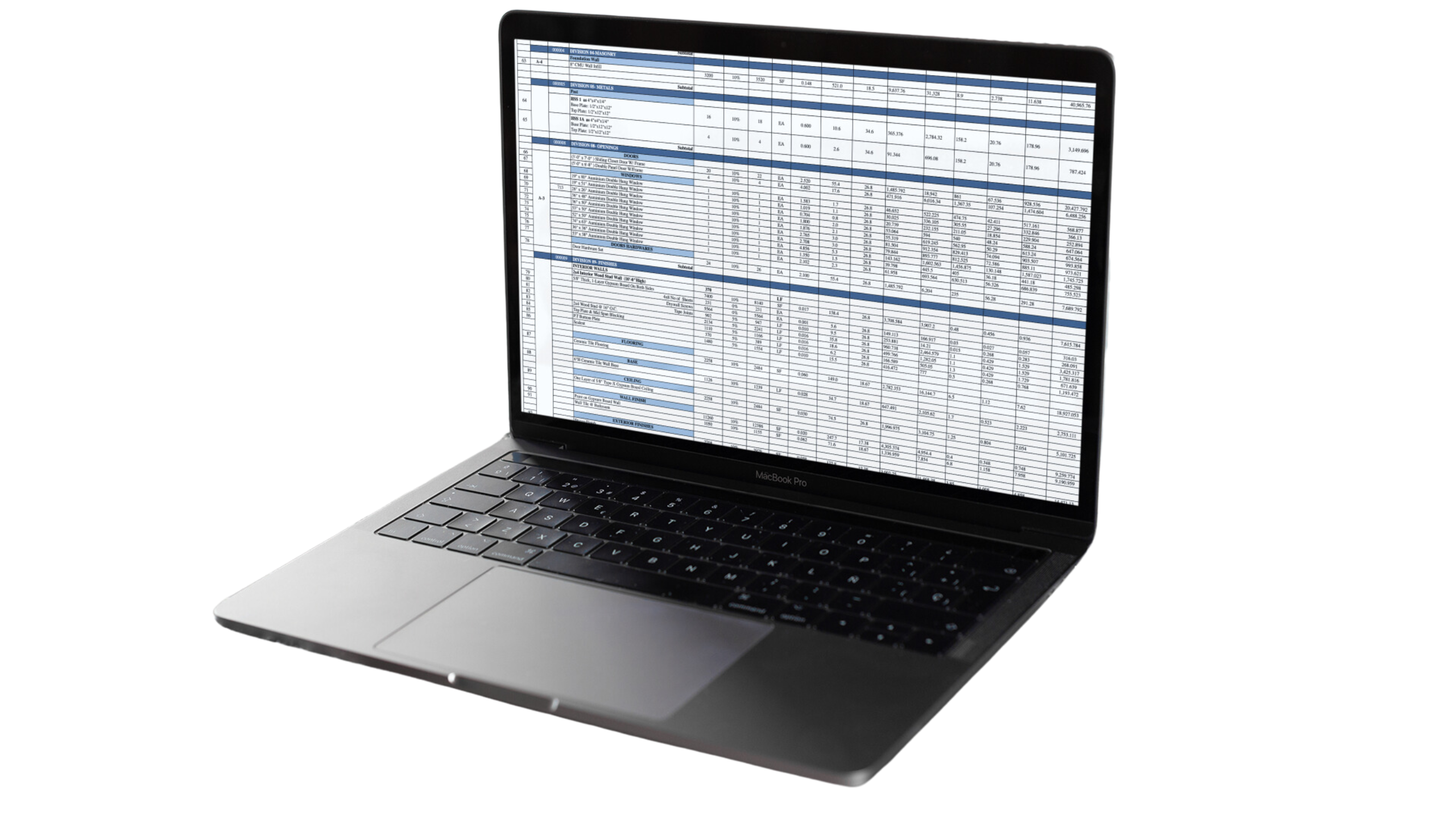
Maintenance and Longevity of Natural Stone Siding
Natural stone siding is known for its durability, often lasting for decades with minimal upkeep. To maintain its appearance and protect against moisture penetration, periodic cleaning and sealing are recommended every 5-10 years, depending on the type of stone and local climate conditions. Cleaning involves removing dirt, mildew, or algae that may accumulate over time, while sealing provides an added layer of protection, particularly important in humid or rainy climates.
Thanks to its natural resilience, stone siding is a low-maintenance option, making it ideal for homeowners looking for a long-lasting exterior solution. With proper care, natural stone siding not only retains its beauty but also enhances the property’s value and curb appeal for years to come.
Pros and Cons of Natural Stone Siding
Pros
- Exceptional Durability: Natural stone siding is highly resistant to weather, fire, and pests, making it a long-lasting choice for exterior cladding. Its resilience allows it to withstand harsh environmental conditions, reducing the likelihood of repairs or replacements.
- Aesthetic Appeal: Stone siding offers a timeless, elegant look that enhances curb appeal and can increase property value. Its natural texture and color variations add character to any home, complementing both traditional and modern architectural styles.
- Low Maintenance: Compared to materials like wood or vinyl, natural stone siding requires minimal upkeep. Periodic cleaning and sealing every few years are generally enough to maintain its appearance and durability, making it a convenient choice for homeowners looking for a low-maintenance option.
Cons
- High Initial Cost: Natural stone siding involves a higher upfront investment compared to other siding materials. The cost of stone and the skilled labor required for installation make it one of the more expensive options.
- Labor-Intensive Installation: Installing natural stone siding is complex and requires skilled professionals to ensure proper placement and adherence. The labor costs can be significant, especially for intricate designs or custom layouts.
- Heavy Weight: Stone is a heavy material, which may necessitate structural reinforcement, especially in older homes or multi-story buildings. This added structural requirement can increase installation complexity and costs.
Conclusion
Natural stone siding offers unparalleled durability, aesthetic appeal, and a lasting investment in property value, especially in climates like Florida’s where resilience is key. While the initial costs for materials and labor can be substantial, the variety of options—from granite to fieldstone—allows homeowners to choose the ideal fit for both budget and design preferences. Proper installation and periodic maintenance, such as cleaning and sealing, ensure that natural stone siding will retain its beauty and functionality over time. With its timeless elegance and low-maintenance requirements, natural stone siding remains a premier choice for enhancing a home’s exterior.
Frequently Asked Question
The cost for natural stone siding ranges from $15 to $30 per square foot, depending on the stone type and installation method. Granite and slate are generally on the higher end of this range, while fieldstone and sandstone are more affordable.
Different stones have varying costs. Granite ranges from $25–$35 per square foot, limestone from $20–$30, slate from $25–$40, sandstone from $18–$28, and fieldstone from $15–$25. Each stone has unique qualities and price points based on its durability, appearance, and sourcing.
- How much does natural stone siding cost based on home size?
Costs vary by home size:
- 1,500 sq. ft. home: $75,000–$195,000
- 2,000 sq. ft. home: $100,000–$260,000
- 2,500 sq. ft. home: $125,000–$325,000
- 3,000 sq. ft. home: $150,000–$390,000
Installation costs vary from $35 to $80 per square foot, depending on material and labor. Total installation cost includes material costs (averaging $15–$50 per sq. ft.) and labor costs (around $15–$30 per sq. ft.), adjusted based on complexity.
Material costs typically account for 40% to 60% of the project. For example, granite siding materials alone cost around $25–$50 per square foot, while limestone averages $20–$45.
Labor costs range from $20 to $50 per square foot, depending on the complexity and design. Skilled masons handle tasks like stone cutting, alignment, and finishing, ensuring quality installation.
Additional expenses include:
- Mortar and adhesive: $500–$1,500
- Waterproofing and sealing: $1,000–$2,000
- Scaffolding or equipment rental: $500–$2,000 for multi-story buildings
Granite is highly durable, scratch-resistant, and weatherproof. Its elegant look and long-lasting quality make it suitable for high-traffic and exposed areas.
Limestone has a soft, earthy appearance and is easy to cut and shape, allowing for customized designs. It is affordable but requires sealing for moisture protection in humid climates.
Slate is durable and weather-resistant, ideal for rainy climates. It offers unique color variations, adding texture and visual depth to the exterior.
Comprehensive Trade-Specific Estimates
At Estimate Florida Consulting, we offer detailed cost estimates across all major trades, ensuring no part of your project is overlooked. From the foundation to the finishing touches, our trade-specific estimates provide you with a complete and accurate breakdown of costs for any type of construction project.

Testimonials
What Our Clients Say
We take pride in delivering accurate, timely, and reliable estimates that help contractors and builders win more projects. Our clients consistently praise our attention to detail, fast turnaround times, and the positive impact our estimates have on their businesses.
Estimate Florida Consulting has helped us win more bids with their fast and accurate estimates. We trust them for every project!

Steps to Follow
Our Simple Process to Get Your Estimate
01
Upload Plans
Submit your project plans, blueprints, or relevant documents through our online form or via email.
02
Receive Quotation
We’ll review your project details and send you a quote based on your scope and requirements.
03
Confirmation
Confirm the details and finalize any adjustments to ensure the estimate meets your project needs.
04
Get Estimate
Receive your detailed, trade-specific estimate within 1-2 business days, ready for your project execution.



